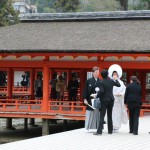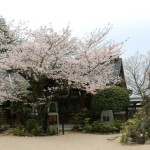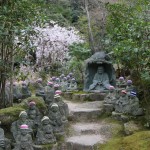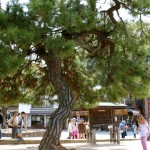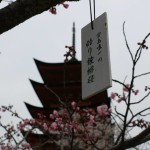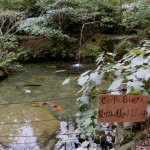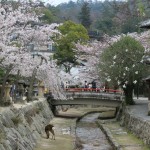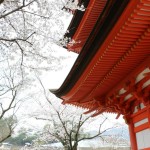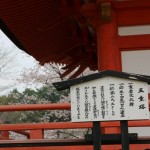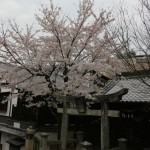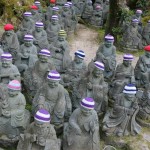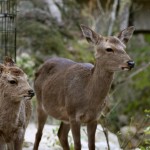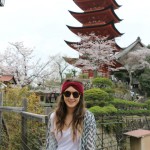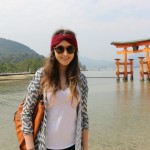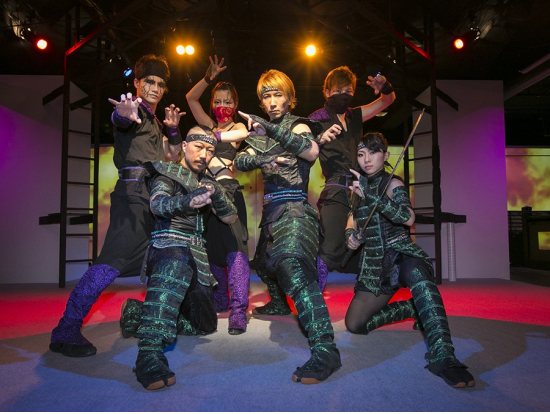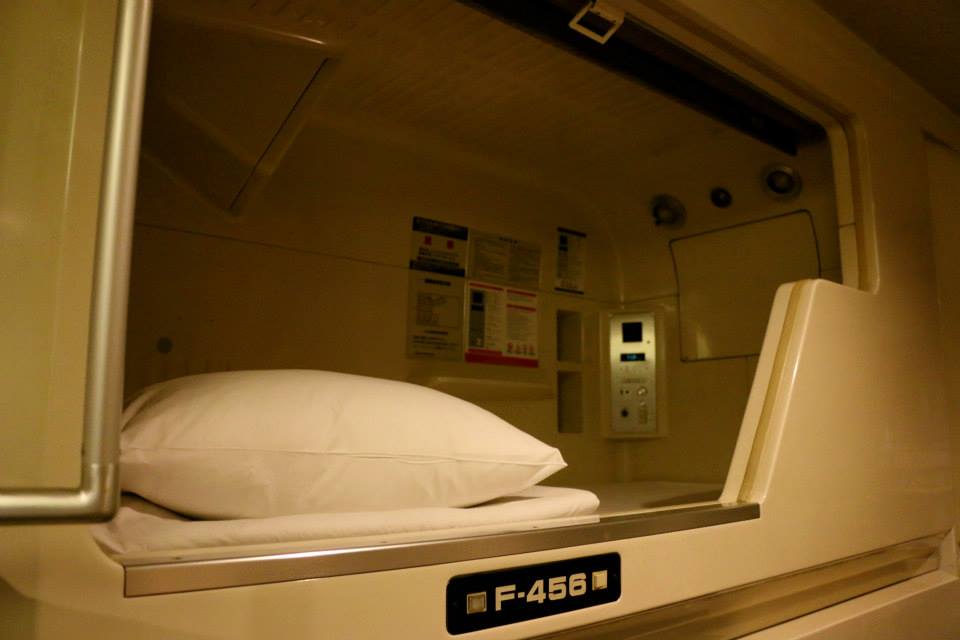Japan
Japans Most Photogenic Island: Miyajima
Miyajima Island has to be one of the most scenic locations in Japan (and Japan has a lot of scenic locations). The island has long been regarded as as an Island of Gods, which is easy to justify when you are surrounded by such magnificent and romantic Japanese scenery.
While the island is officially called ‘Itsukushima’, it is more commonly referred to as Miyajima, meaning “shrine island” in Japanese. Miyajima is most famous for its giant torii gate, which when seen at high tide, floats mystically on the water. The tori gate is ranked as one of Japan’s three best views.
 This 16m-tall vermilion torii is the most iconic sights of Miyajima, serving as the watery entrance to World Heritage shrine Itsukushima-jinja. There has been a torii at this site since 1168, with the current torii dating from the late 1800s. The best view of the gate is said to be at sunset and after dark, when the torii is illuminated.
This 16m-tall vermilion torii is the most iconic sights of Miyajima, serving as the watery entrance to World Heritage shrine Itsukushima-jinja. There has been a torii at this site since 1168, with the current torii dating from the late 1800s. The best view of the gate is said to be at sunset and after dark, when the torii is illuminated.
Although Miyajima is better known for the tori gate, Itsukushima-jinja is the main attraction. With origins from as far back as the late 6th century, Itsukushima-jinja gives Miyajima its real name. Due to the islands sacred status, the commoners building Itsukushima-jinja had to approach by boat, the shrine being build in a pier-like manner. The shrine’s present form dates from 1168, and a floating nō stage , built in 1680 and still used for nō (stylised dance-drama) performances every year from 16 to 18 April.
Other than Miyajima’s torii gate and shrine, the island is also very well known for it’s friendly locals. The resident deer are extremely overconfident as they are used to being pretty spoilt by the tourists. So do not be surprised if they decide to share your lunch (or your map).
The island is the perfect place to work off all of that sushi and sake you have been indulging on. With breathtaking views at the top of the sacred Misen mountain, there are a range of hikes to reap the rewards of Miyajima’s heights. (If you want the views without the effort you can also catch a couple of cable cars to the top).
 Miyajima is an extremely romantic island and if you have the time (and funds) I would highly recommend spending the night at a traditional ryokan. I didn’t get to experience the evening at Miyajima, but once the flock of day-tripping tourists have sailed home for the night, the island is said to be incredibly peaceful.
Miyajima is an extremely romantic island and if you have the time (and funds) I would highly recommend spending the night at a traditional ryokan. I didn’t get to experience the evening at Miyajima, but once the flock of day-tripping tourists have sailed home for the night, the island is said to be incredibly peaceful.
I was lucky enough to visit the island when the cherry blossoms were in full bloom and it was one of my favourite cherry-blossom-admiring destinations of the trip, I have also heard that the island is a perfect location to admire the autumn leaves on the opposite end of the year. But no matter what time of the year Miyajima is gorgeous and will charm you with friendly creatures and charming traditional Japanese architecture and scenery. Photographers, be warned. You will never want to leave this island.
Getting to Miyajima
Miyajima is accessed by ferry, and is an easy day trip from Hiroshima.
The mainland ferry terminal is a short walk from Miyajima-guchi Station on the JR San-yō line, halfway between Hiroshima (¥410, 26 minutes) and Iwakuni. The ferry terminal can also be reached by tram 2 from Hiroshima (¥260, 70 minutes), which runs from Hiroshima Station, passing the Atomic Bomb Dome on the way. Ferries operated by two companies shuttle regularly across to the island from Miyajima-guchi (¥180, 10 minutes). JR Pass holders can travel on the JR ferry for free.
Setonaikai Kisen operates high-speed ferries (¥1850, 30 minutes, six to eight daily) direct to Miyajima from Hiroshima’s Ujina port. Another option is to take the Aqua Net ferry directly from Peace Memorial Park in central Hiroshima (one way/return ¥2000/3600, 45 minutes, 10 to 15 daily). These boats cruise under the bridges of Kyūōta-gawa before coming out into the bay towards Miyajima. No reservation is required.
Getting around Miyajima
Everywhere on Miyajima is within easy walking distance. For bicycle hire, go to the JR office in the ferry terminal. There are also taxis on the island – ask at the tourist office for details.









